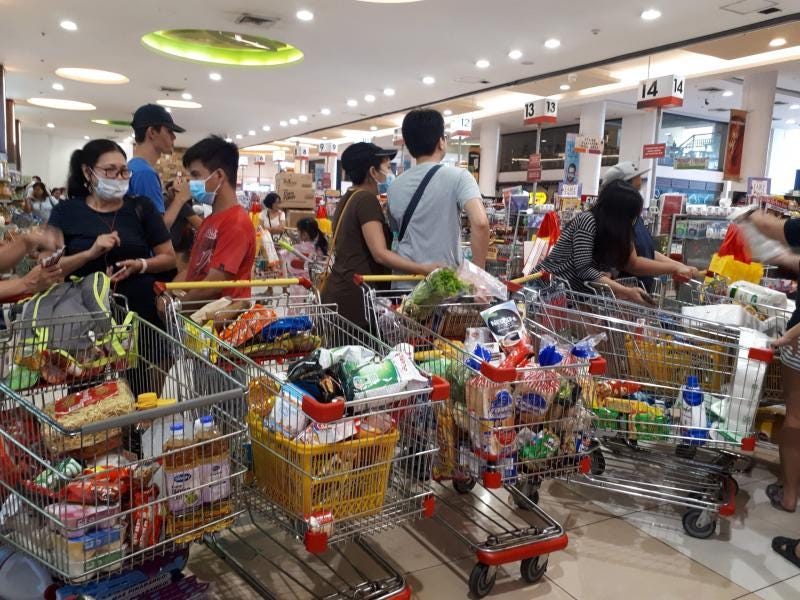Temporarily-Free Filipinos Storm Malls, Told to Go Home
Provincial governor shuts down his state over lack of physical discipline

With hordes of shopping-starved Filipinos storming malls after two months of arguably Asia’s severest lockdown, at least one governor ordered all the malls in his province closed again just two days after they reopened. Presidential spokesman Harry Roque followed that up today (May 18) with a threat to return to the lockdown in the six provinces where r…
Keep reading with a 7-day free trial
Subscribe to Asia Sentinel to keep reading this post and get 7 days of free access to the full post archives.
